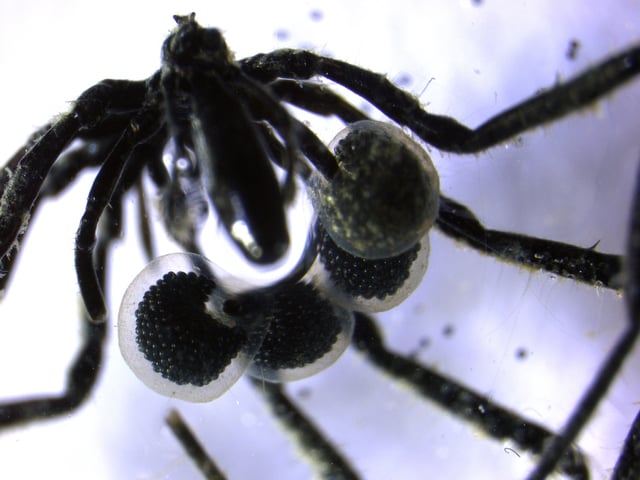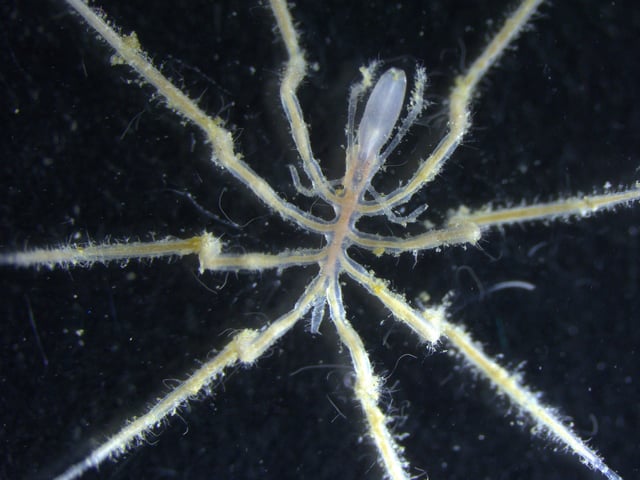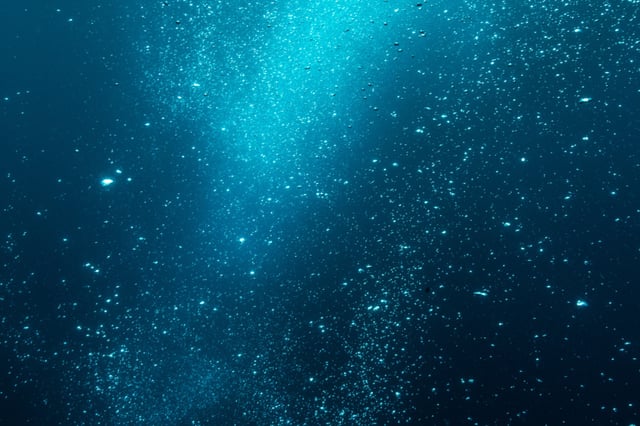Overview
- Researchers collected 36 specimens representing three undescribed Sericosura species from methane seep sites along the U.S. Pacific coast, spanning California to Alaska.
- Electron and nano-scale imaging revealed dense volcano-shaped colonies of methanotrophic and methylotrophic bacteria embedded in a sticky extracellular polymeric substance on the spiders’ exoskeletons.
- Shipboard incubations with 13C-labeled methane and methanol showed rapid uptake of methane-derived carbon into the spiders’ gut tissue, establishing the microbes as their primary food source.
- Detection of similar microbial biofilms on male egg sacs suggests vertical transmission of epibiotic microbiota to offspring.
- Published in the Proceedings of the National Academy of Sciences, the study underscores a novel farming symbiosis that illuminates survival strategies in sunlight-deprived deep-sea methane ecosystems.


